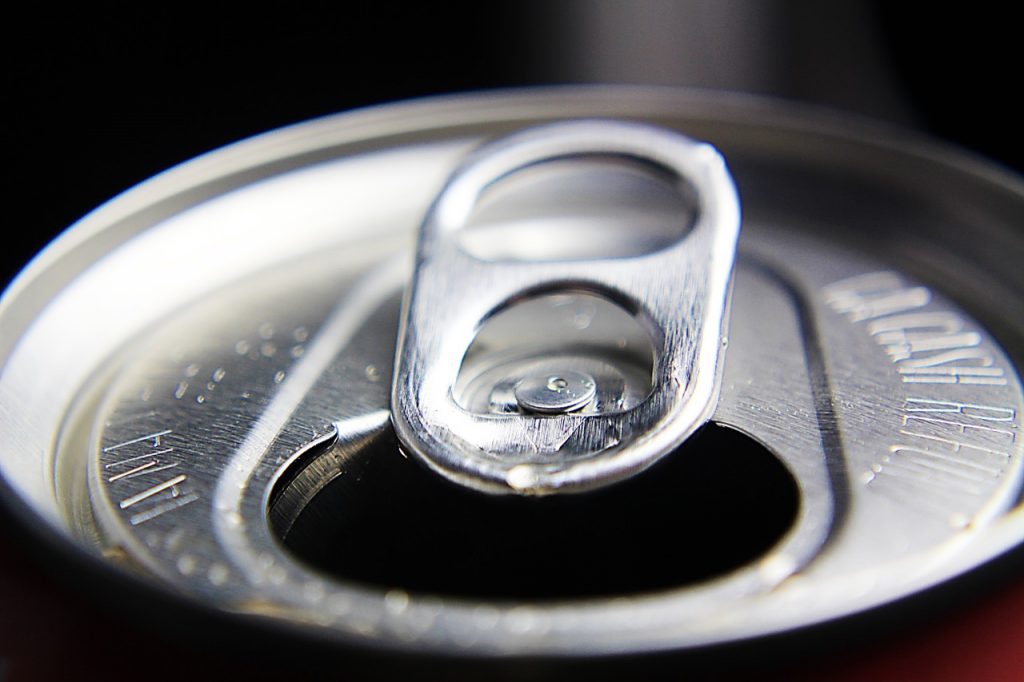Each time you drink a can of pop or open a tin of beans, you probably try to throw the empty can into a recycling bin whenever possible – years of public information campaigns and wider availability of recycling bins in public places have made this a priority for anyone with a commitment to reducing landfill rates.
But what happens next? Both aluminium and steel cans are collected for recycling – although steel is not as commonly used now as it used to be.
Aluminium Recycling
The aluminium cans are processed to remove any coloured coating that may have been applied to them, such as the pattern on a drinks can, and the ‘clean’ metal is shredded to make it easier to process.
This shredded aluminium is then melted down in a furnace, before being set into solid ingots – each of which can then be turned back into around 1.5 million empty cans for the food and drinks industry.
As a side note, steel cans are processed in a similar way – melted down with added iron, superheated with oxygen to around 1,700C, then moulded into large slabs ready for use.
One further material that is recycled in a slightly different way is aluminium foil; this is recycled along with other scrap aluminium and the cleaned metal may be incorporated into vehicle parts, helping to reduce the overall weight of cars and other vehicles.
What is the impact of this recycling on aluminium? Interestingly, it’s one of the ‘best’ materials we can recycle, in terms of resources and energy saving, according to Recycle Now.
The aluminium ore bauxite forms about 8% of the Earth’s crust, and while it may take a long time to run out, it’s only going to get harder and more expensive to extract the ore from more remote places on the planet.
You get one tonne of aluminium from every four tonnes of bauxite, using an electrolytic process with huge energy demands to process the pure metal.
How much can aluminium be recycled?
In comparison, used aluminium can be recycled over and over, using just 5% as much energy – and thanks to the fact that we recognised this benefit fairly early on, around three quarters of the aluminium that has ever been made is still in usable circulation via recycling.
For each 1kg of aluminium that gets recycled, we save up to 6kg of bauxite, 4kg of chemicals and 14 kWh of electricity.
Recycle Now says: “Recycling aluminium uses only around 5% of the energy and emissions needed to make it from the raw material bauxite.
“The metal can be recycled time and time again without loss of properties, so getting the aluminium recycling habit is one of the best things we can do for the environment.”
One of the greatest obstacles to overcome is simply finding a recycling bin when you drink a canned drink in a public place – so try to resist the urge to throw the empty tin into general waste that will be sent to landfill, and instead take it home to your own recycling bin if you have to.


